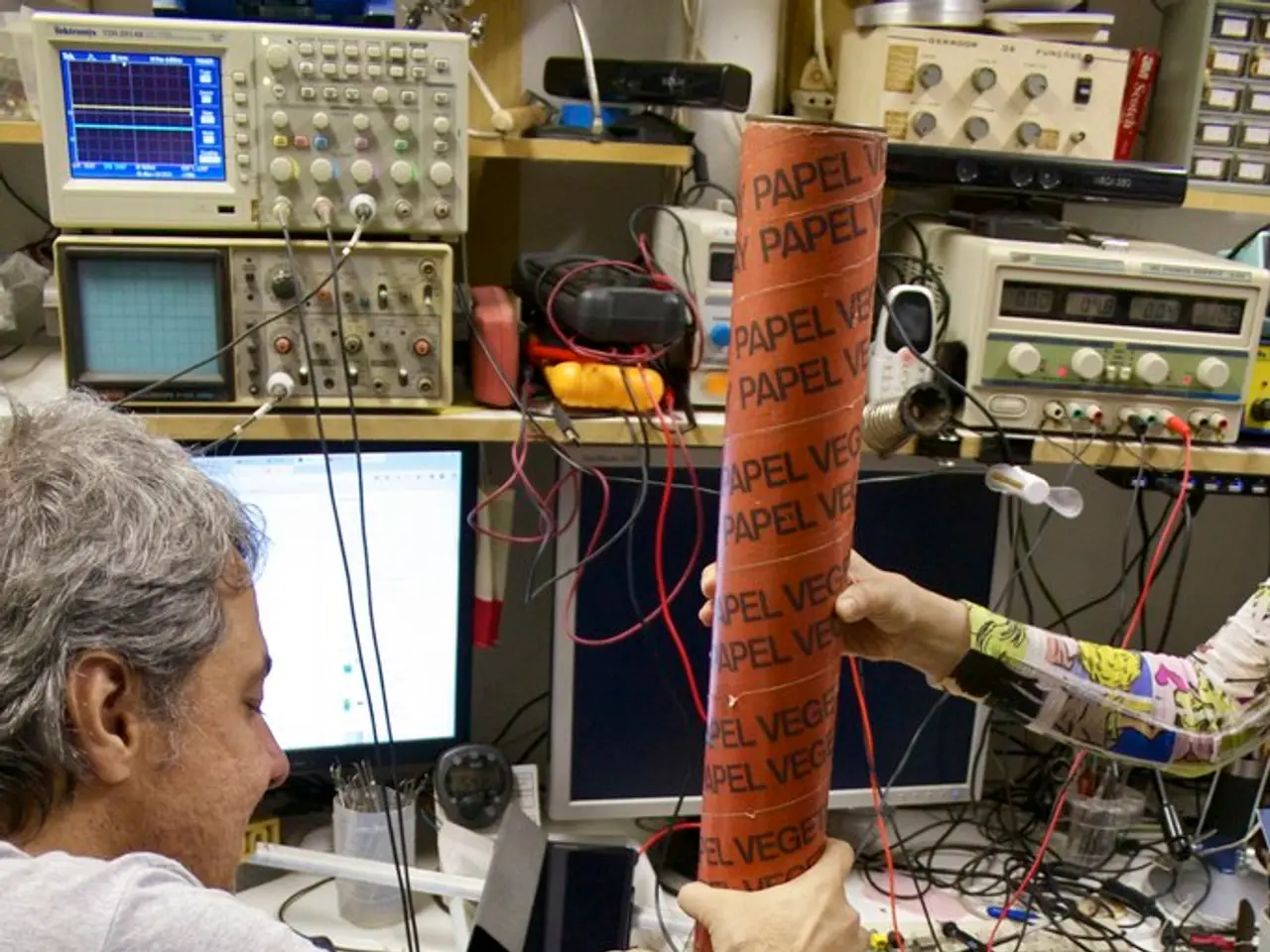Anticipating Student Success via EEG and Eye Movement Characteristics
Recent advancements in the field of education technology have led to the development of promising multimodal approaches that aim to predict students' learning performance and provide adaptive assistance. These approaches use the combined data from eye tracking and electroencephalography (EEG) to dynamically assess students' cognitive states such as attention, cognitive load, and mind wandering.
The study, conducted with fifteen students interacting with a virtual learning environment, aimed to predict students' learning performance by combining eye tracking and EEG data. The long-term goal of the study is to provide adaptive assistance to students using both data types to enhance learning and optimize performance.
The researchers used different classification algorithms to analyze the collected data. One of the key developments was the use of the K-Nearest Neighbor classifier to analyze the gaze data and brainwave signals from students. The study found that the K-Nearest Neighbor classifier achieved good accuracy when combining both eye movement and EEG features. Remarkably, it showed better performance compared to using solely eye movement or EEG data.
The study aimed to discriminate between two groups of learners: those who successfully resolve problem-solving tasks and those who do not. The experimental results demonstrated that the K-Nearest Neighbor classifier achieved good accuracy when combining both eye movement and EEG features.
Key developments in the study include:
- Multimodal cognitive load assessment: Researchers have developed models that merge eye-tracking data (showing where and how learners focus visually) with EEG signals to dynamically measure students’ cognitive load during online learning.
- Mind wandering detection and differentiation: Using combined eye tracking, facial video, and physiological signals (including EEG), machine learning models now detect aware and unaware mind wandering episodes during learning tasks.
- Enhanced attention and behavioral pattern analysis with AI: Eye tracking data has been increasingly analyzed using advanced AI methods to extract and interpret cognitive and behavioral patterns.
- Improved predictive modeling approaches: Transformer-based and ensemble models have been adapted to decode learning-related cognitive states from eye movement sequences.
- Hybrid brain-computer interaction and virtual reality systems: Multimodal attention detection combining EEG and eye tracking is used in immersive learning environments, addressing challenges like training duration and enhancing interactive adaptive assistance.
Future applications of these advancements include creating adaptive, attention-aware learning environments that react in real time to students’ cognitive loads, attention shifts, and mind wandering types. These environments aim to enhance personalized education. Additionally, multimodal machine learning frameworks will integrate rich eye-tracking and EEG data with other physiological and behavioral data for more precise prediction of learning outcomes and engagement. Early intervention by predicting learning difficulties or disengagement from brief eye and EEG data collected shortly after task initiation is another promising application. Lastly, hybrid educational technologies that combine immersive Virtual Reality with Brain-Computer Interface and eye tracking for training complex skills with real-time cognitive monitoring and adaptation are being developed.
In conclusion, the combination of eye tracking and EEG presents a powerful approach to understanding and supporting student learning. By providing robust, real-time assessments of cognitive and attentional states, these technologies enable personalized and adaptive assistance in educational settings.
The research in health-and-wellness, supported by the integration of technology like eye tracking and EEG, is striving to optimize student performance in education-and-self-development. The study's collaboration with AI methods and machine learning models aims to create adaptive, attention-aware learning environments that dynamically react to students' cognitive loads and mind wandering types, promoting personalized education. Furthermore, these advancements in science promise early intervention for learning difficulties or disengagement through the analysis of brief eye and EEG data. As technology continues to evolve, hybrid educational technologies integrating virtual reality, brain-computer interface, and eye tracking may revolutionize the way we train complex skills, offering real-time cognitive monitoring and adaptive assistance.




